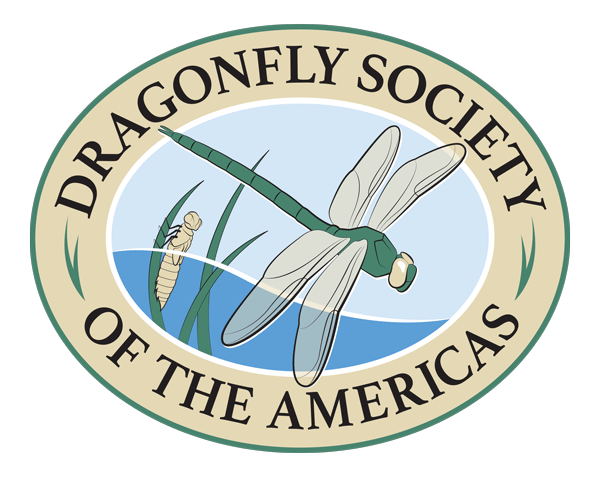American Rubyspot (Hetaerina americana)
Below is a post by Mike Hannisian where he has compiled data from several sites so that anyone can use easily use them. There are several links to excel spreadsheets so you can utilize his data. Please give him credit if you do utilize the data. Hope you enjoy!
Kendra Abbott
DSA Webmaster
As many OdonataCentral (OC) users know, various people post Ode records on OC, others post them on iNaturalist (iNat), and some post them on both. As a result, I have compiled a series of two sets of spreadsheets showing the early and late county and state flight dates based on OC, iNat, and the combination of OC and iNat data. One set shows the flight dates from OC, iNat and their combination using color codes to identify the new (i.e.: 2019) early and late dates. The second set shows the early and late flight dates through 2019 without noting which were new in 2019. It is my intent to update these annually.
More specifically, the first spreadsheet, (click here to access) entitled "1 NJ Odes OC 2018-2019b", shows the county flight dates through 2018 for each species in black based upon the data in (OC). To these I add new 2019 early and late county dates in red to the outside of the prior dates. This allows the reader to see the change in early and late flight dates per species per county for 2019. When an early or late date is tied, I list the date in blue. New to OC this year is the option to enter undocumented sightings. When such records provide new early or late dates I list them in green. At the bottom of each column I list the early and late county dates highlighted in orange. I also highlight the early and late county dates in green and blue respectively. When county early and late dates are for the same species, I highlight them in orange. Finally, for those county entries for which the are only Blue Dot entries, I enter BD. To the right of these columns are three more showing the early and late state wide dates, the number of counties in which each species occurs (not including Blue Date entries), and the number of counties for which there are only Blue Dot entries. Below the first of these columns is the state cumulative early and late dates highlighted in yellow.
I used the above entry criteria for each of the Southern, Central, and Northern group of counties with the exception of highlighting in yellow the regional early and late dates.
The second spreadsheet, entitled "2 NJ Odes OC 2019b", (click here to access) combines these OC data. As such, there are no red or blue entries. However, I have kept the green ones so that undocumented entries are apparent.
The third, "3 NJ Odes iNat 2018-2019b", (click here to access) and fourth, "4 NJ Odes iNat 2019b", (click here to access) spreadsheets use the same criteria as above but are based on iNaturalist (iNat) data. However, iNat has many entries that are not verified. When these would provide new or late dates they are noted as (+#) with those dates listed in lieu of a BD numbers per county column.
The fifth, "5 NJ Odes iNat and OC 2018-2019b", (click here to access) and sixth, "6 NJ Odes iNat and OC 2019b", (click here to access) spreadsheets use the same criteria for the combined OC and iNat data. However, in the fifth spreadsheet, the early and late dates derived from iNat appear in brown.
Finally, I have used the data as presented in both OC and iNat with one exception. There is an iNat Gloucester County record for American Rubyspot (Hetaerina americana) for 10 December 2019 at 6:52 p.m. The coordinates are for a building on the campus of Rowan University. I have repeatedly messaged the person who made this entry, but have not heard back. The best I can make of it is that it is an entry based upon a preserved specimen and that the date is not a flight date. Hence, I did not include this record.
Best of wishes,
Mike Hannisian

